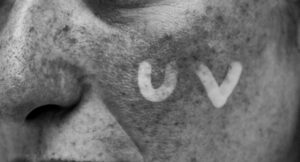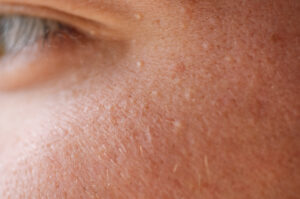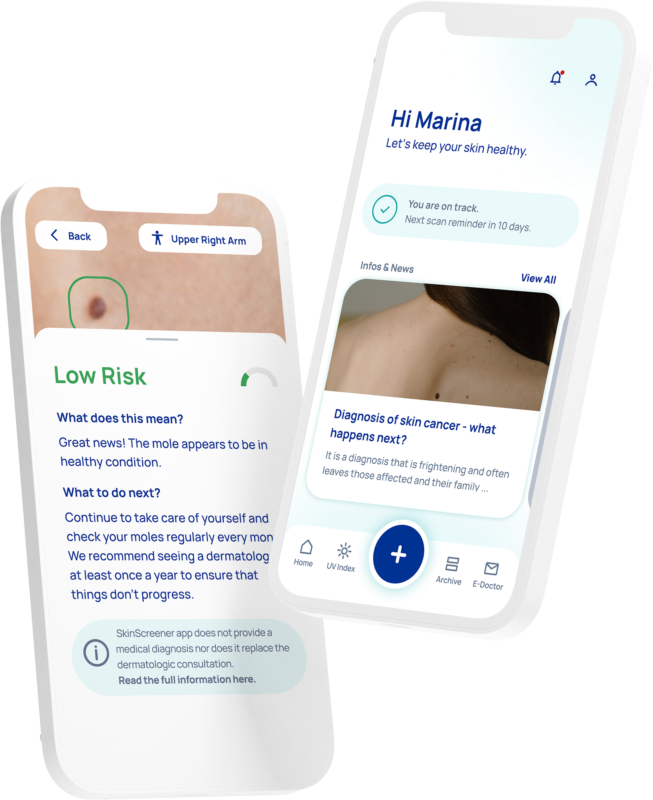In summer, the number of people working mainly outdoors increases. These people have an increased risk of developing skin cancer because they are particularly exposed to dangerous UV rays.
Intense and long-term occupational exposure to natural UV radiation is associated with an increased risk of skin cancer. In particular, construction workers, roofers, canal workers, farmers and gardeners are continuously exposed to UV radiation.
The annual UV exposure of these people is often three to five times higher than that of employees working indoors. Therefore, these people are exposed to an increased risk of skin cancer and skin cancer is recognized as an occupational disease in Austria and Germany.
Employers are now obliged to protect their employees from excessive solar UV radiation or to keep it as low as possible through protective measures. Studies show that sun protection is often inadequate in so-called outdoor occupations.
For outdoor workers, skin cancer can be well prevented if appropriate UV protection measures are introduced and implemented.
UV protection measures for outdoor workers
Technical protective measures
– Awnings on construction sites
– Provision of shaded break areas
Organizational protection measures
– Allow work in the shade, especially with high UV levels between 11 am and 4 pm (operational planning)
– Provide suitable work clothing: sweat-permeable, UV-proof fabric, suitable headgear depending on the work area (hard hat, wide-brimmed hat, peaked cap) and sunglasses with side shields.
– Provision of free UV protection (SPF > 30, better 50)
– Health campaigns in companies, training for employees and managers

Personal protective measures
– No work with free upper body at high UV values
– wearing UV-protective clothing including headgear
– Apply UV protection cream(SPF > 30) to uncovered parts of the body.
– Spend breaks in the shade
In addition, experts recommend mandatory annual skin cancer screenings for people who work outdoors a lot Technical UV protection measures include, for example protective tents, sunshades or sun sails which provide shade for the outdoor workplaces.
To avoid working in the blazing midday sun, it is better to organise your work. For example, façade work during midday hours should tend to be carried out on a shady side.
If technical or organisational measures are not sufficient, personal UV protection measures must be taken. This includes body-covering clothing, head covering, covering of the neck, nose and ears, and areas of skin that cannot be covered, shall be protected with UV protectant of at least SPF 30.
Protect your skin especially well if you work outdoors for several hours a day.
You are in your skin for life!







